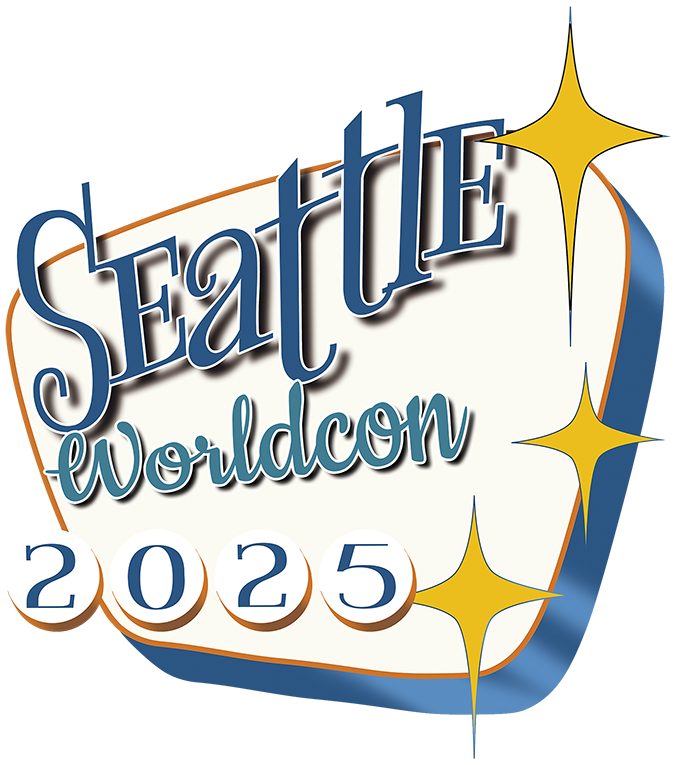Building Yesterday’s Future–For Everyone
Seattle is a forward-looking city. The last Worldcon held here, in 1961, saw the future literally under construction. Across town, preparations were being made for the opening of the 1962 World’s Fair, called the Century 21 Exposition. Seven months later, visitors would ride the new Monorail into fairgrounds filled with scientific displays looking forward to life in the Space Age. The public gawked at inventions like solar batteries, touch-tone dialing, and call waiting, under the shadow of the iconic Space Needle—which was also a revolving restaurant! Innovation, it was promised, would lead us to a utopia where society’s ills are swept away by a tide of American-led abundance.
How did it work out? Seattle grew, but our utopia has yet to arrive. As we look back on a 64-year gap between Worldcons, we interrogate those dreams of tomorrow. What did they get wrong? Who did they leave out? A better future must include everyone. We don’t miss everything about the 1960s, but we are nostalgic for the optimism, the sense of the future as a canvas our imaginations have the power to transform.
We invite you to join us in two Seattles: the city it has become, and the multicultural and inclusive version of the city promised by Century 21. By sharing your stories, costumes, arguments, accessories, and artistic creations we will use our imaginations to build yesterday’s tomorrow and explore the wonders of the 21st century.

A promotional video for the 1962 World’s Fair. “Let’s skedaddle to Seattle!”

